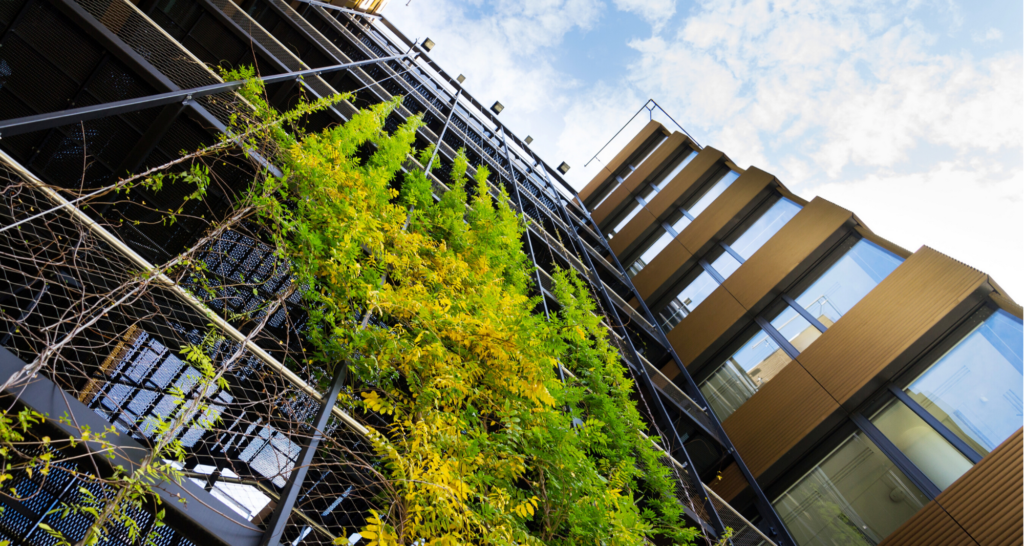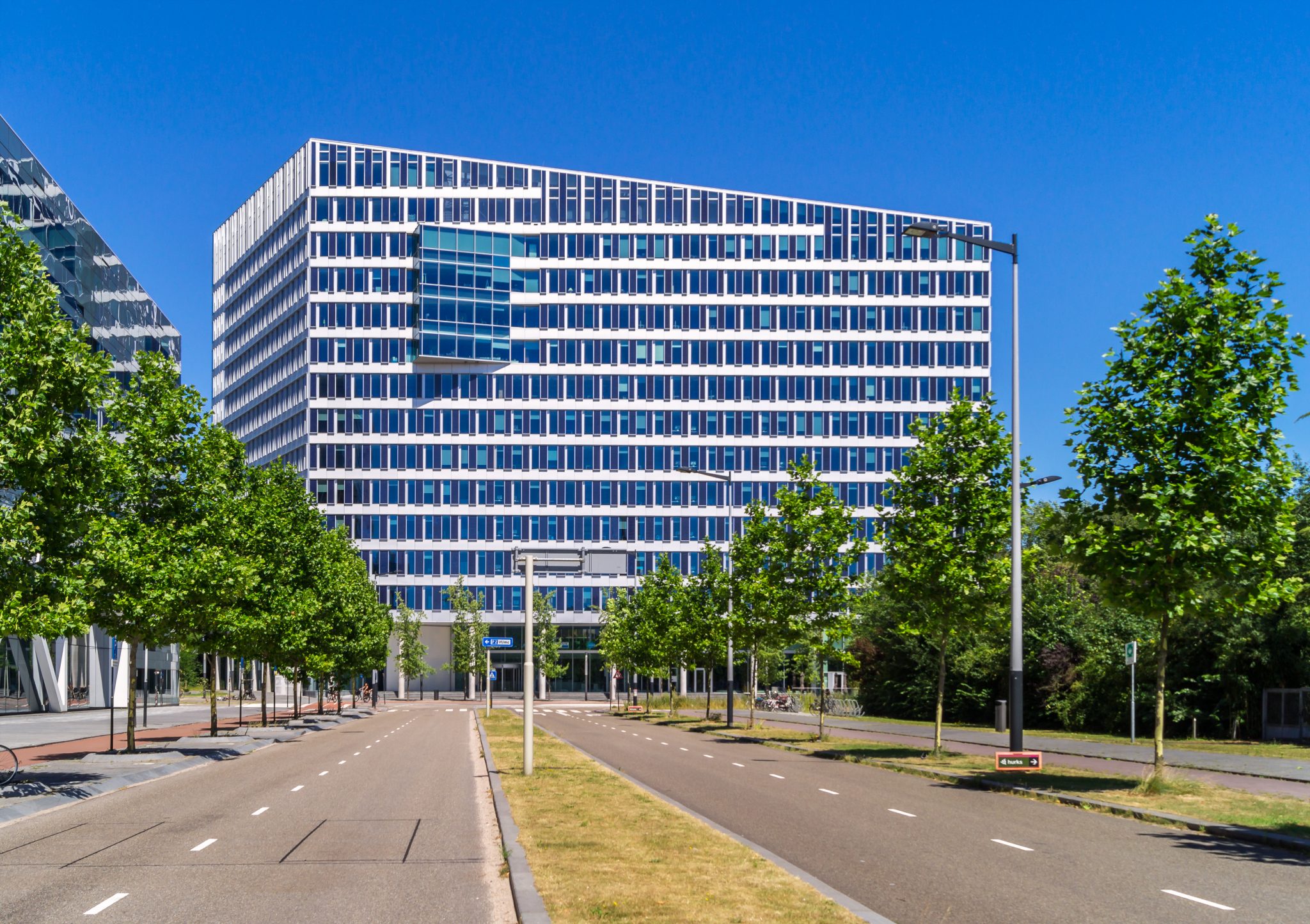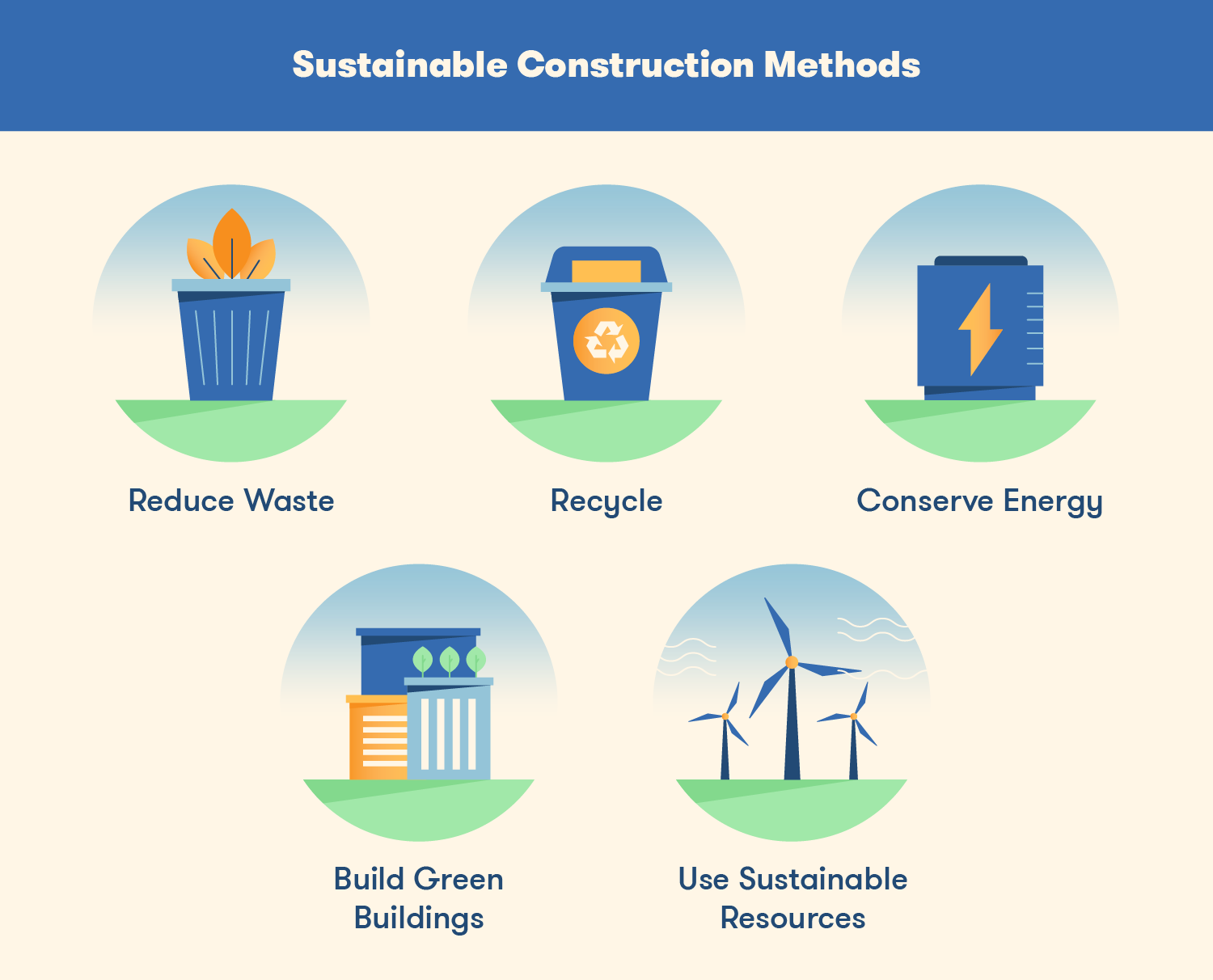How Does Architecture Promote The Use Of Sustainable Construction Practices?

As the world keeps moving towards a more sustainable future, there is an increasing need to adopt green practices into our daily lives. This is especially true in the field of construction, where traditional methods have often been associated with high levels of waste generation and environmental degradation. However, with advancements in technology and a growing awareness of the need for sustainable alternatives, there has been a rise in sustainable construction techniques that are both eco-friendly and efficient.
The Importance of Sustainable Construction
Sustainable construction techniques not only reduce the negative impact of traditional methods but also offer long-term benefits such as reduced energy consumption, lower operating costs, and increased durability. While there are numerous sustainable practices that can be adopted in the construction industry, we will explore five of the most significant ones in detail.
1. Use of Renewable Energy Sources
The use of renewable energy sources such as solar, wind, and geothermal power is becoming increasingly popular in the construction industry. By harnessing the power of nature, buildings can become self-sufficient in their energy needs, reducing their environmental impact and operating costs in the long run.
Example of renewable energy use in construction: The Bullitt Center in Seattle, Washington is a six-story office building that is powered entirely by rooftop solar panels and geothermal energy, making it the greenest commercial building in the world.
2. Sustainable Building Materials
The choice of building materials plays a crucial role in determining the sustainability of a construction project. Sustainable materials are renewable, biodegradable, and have minimal impact on the environment during production, use, and disposal. They also have the added advantage of being more durable, reducing the need for frequent replacements.
Examples of sustainable building materials: Bamboo, recycled plastic, and cork are becoming popular alternatives to traditional building materials due to their eco-friendliness and efficiency.
3. Water Conservation Techniques
Water conservation is another essential factor in sustainable construction practices. By adopting techniques that reduce wastage and promote efficient use of water in HVAC systems and landscaping, construction projects can significantly reduce their water footprint.
Examples of water conservation techniques: Low-flow fixtures, rainwater harvesting systems, and xeriscaping (landscaping that uses drought-resistant plants) are effective water conservation techniques that can be implemented in construction projects.
4. Reduced Waste Generation
Construction projects generate a significant amount of waste materials that end up in landfills, contributing to environmental degradation. Adopting practices that reduce waste generation during construction and demolition can greatly reduce the negative impact on the environment.
Examples of waste reduction techniques: Recycling, reusing, and salvaging materials during construction, using prefabricated materials to reduce on-site waste generation, and deconstructing buildings instead of demolishing them are sustainable practices that can significantly reduce waste generation.
5. Energy-Efficient HVAC Systems
Heating, ventilation, and air conditioning (HVAC) systems account for a significant amount of energy consumption in buildings. By adopting energy-efficient HVAC systems, construction projects can significantly reduce their overall energy consumption and carbon footprint, leading to long-term cost savings.
Examples of energy-efficient HVAC systems: Geothermal heating and cooling systems, which use the earth's temperature to regulate indoor temperature, and high-efficiency HVAC systems that use advanced technologies such as variable speed drives and energy recovery ventilators are examples of energy-efficient HVAC systems.
Frequently Asked Questions (FAQ)
1. What is sustainable construction?
Sustainable construction refers to the use of eco-friendly practices and materials in the construction industry that reduce environmental impact, promote energy efficiency, and have long-term economic benefits.
2. Why is sustainable construction important?
Sustainable construction is essential as it helps reduce environmental degradation, promotes energy efficiency, and leads to long-term cost savings. It also contributes to a more sustainable future and helps combat the effects of climate change.
3. What are some examples of sustainable building materials?
Some examples of sustainable building materials include bamboo, recycled plastic, and cork. These materials are renewable, biodegradable, and have minimal impact on the environment during production, use, and disposal.
4. How can water conservation be promoted in construction?
Water conservation can be promoted in construction by adopting techniques that reduce wastage and promote efficient use of water in HVAC systems and landscaping. Some examples of these techniques are low-flow fixtures, rainwater harvesting systems, and xeriscaping.
5. What are some waste reduction techniques in construction?
Some waste reduction techniques in construction include recycling, reusing, and salvaging materials during construction, using prefabricated materials to reduce on-site waste generation, and deconstructing buildings instead of demolishing them.
6. What are energy-efficient HVAC systems?
Energy-efficient HVAC systems are systems that use advanced technologies such as variable speed drives and energy recovery ventilators to reduce energy consumption and carbon footprint. Examples of these systems include geothermal heating and cooling systems.
In Conclusion
Sustainable construction practices offer a vast range of benefits that can enhance the overall efficiency, long-term sustainability, and environmental responsibility of construction projects. By adopting the five practices outlined in this article, we can contribute to a more sustainable future for ourselves and future generations.




Post a Comment for "How Does Architecture Promote The Use Of Sustainable Construction Practices?"